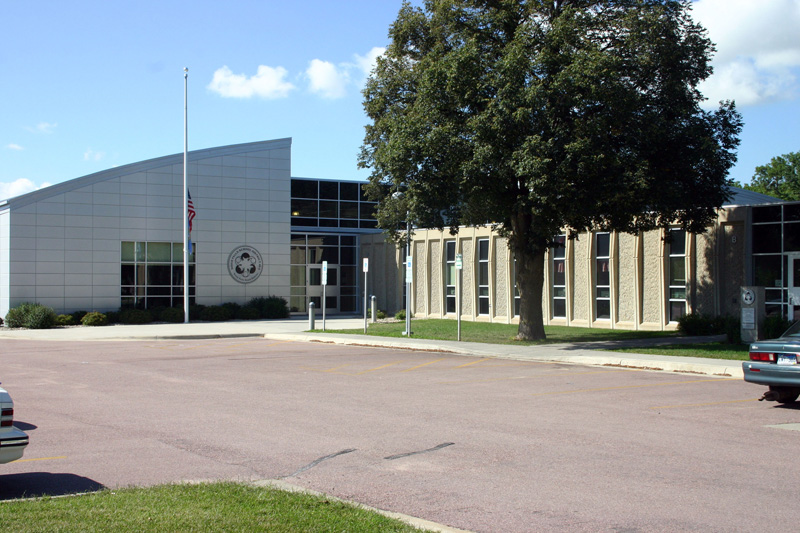SFSD’s state report card: should we listen?
The SFSD Instructional Planning Center (IPC)
December 3, 2018
In a recent report from the South Dakota State Department of Education, it was estimated that only 32 percent of Sioux Falls District students are readily prepared for college. This report is based on the district’s average ACT scores, AP classes, standardized testing scores and the number of dual credit courses taken by individual high school students during the 2017 to 2018 school year.
This report comes with a response of shock and questions about the components that play into the state’s report each year. In the past, the district ranks well above the national average among AP exam passing rates and ACT test scores. In fact, in 2017, LHS’ average ACT score was 23.7, which is 2.5 points higher than the nation’s average of 21.2. LHS, which plays into one third of the district’s score, surpasses the national average in AP exam pass rates.
“We have the 5th or 6th highest passing rate in America, right here in South Dakota,” said LHS principal Robert Grimm. “If you remove Lincoln High School from those test scores, South Dakota goes from 6th to 15th. We light those up, which means that our students are more than prepared for what is the rigor of college.”
Grimm feels that the assessment from the state is not an accurate measurement of the district’s collective preparedness. He holds onto the belief that the values of the state board do not align with that of the district’s. For example, one test given to many districts within the state has a high passing rate, but is not given to students within SFSD, automatically dropping the score. Grimm advises the school district to consider how they should value this assessment.
“If I give a test, a generic test, and everybody passes, not everybody passes the AP exams, because there is a level built, you have a certain number of students that are supposed to pass and a certain number that aren’t,” said Grimm. “So, I think that they need to look at what the measurements are, what are the tools that the state values, do we value the same tools, do we value the same assessments and standards of measurement, and if so, then we should be on the same page. But if we are just taking a test to get a score, then I say that we just keep doing what we are doing.”
Grimm finds proof in the success of the SFSD by looking at the graduation rates of Sioux Falls alumni. He estimates this number to be high, along with the high success rates of students who graduate from high school and take pathways other than college. Programs in the district such as CTE and other career-oriented courses help to give them a strong foundation for their future after their K-12 education.
“I think personally, that if your pathway is college, which, you have to remember, only about 48-50 percent of the students in Sioux Falls go on to college… I think you are very well prepared for college,” said Grimm. “Some students choose other pathways such as the military, technical school or [to go] directly into the workforce, and those are all noble causes as well.
This is a valuable component in the well-rounded education that SFSD provides for its students that has been overlooked by the report. The mission of the district is “to educate and prepare each student to succeed in a changing world.” Nowhere in this statement does it explicitly state that the district is aiming to send each student to get a post-secondary education. The ability to provide students with a sufficient education that enables them to succeed in today’s world should be accounted for in a holistic fashion, based on their ability to prepare students for whatever their path may be. Too often is our society focused on higher education, whereas the fact of the matter is that many students choose not to attend one. Our district accounts for many of the areas that others in the state overlook. The true measurement of the effect of a SFSD education will only be revealed by the success of its students, no matter where their path takes them.
“What we are doing is right; what we’re doing works,” said Grimm. “What we are doing as a school and a district, Roosevelt and Washington are lighting it up just as much as we are, but we might be better [laughs], but I wouldn’t give a test just to get a test. I just don’t find that to be of any value.”









